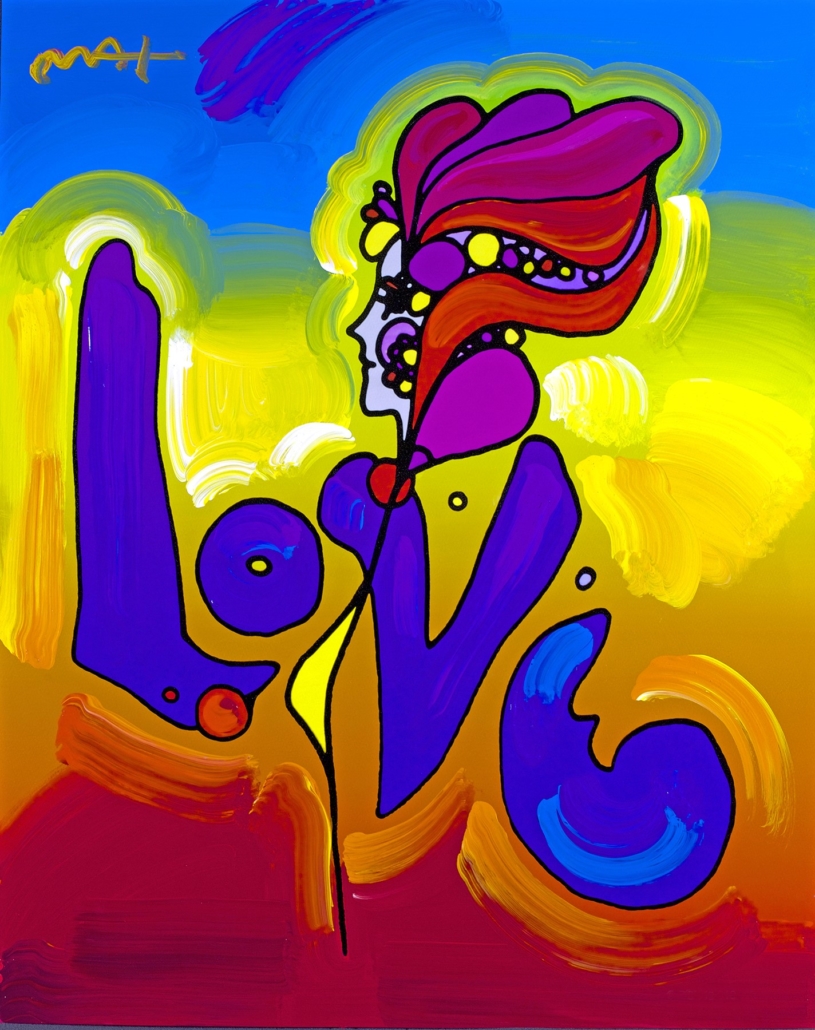With Valentine’s Day just gone, the public event last week came to a sudden halt in Melbourne, Australia, as the severely tested state of Victoria ̶ its law-abiding citizens having finally enjoyed almost four months of mask-less euphoria ̶ was suddenly thrown back into stage 4 lockdown the very night before loved-up couples with hearts bursting to express mutual desires were preparing to air private confessions in the open. All around town, restaurants and public venues were all ready to welcome this visual display of love and affection in honour of the Roman priest turned martyr turned patron saint, while they anticipated getting their strained COVID-affected budgets momentarily back into gear.
I now sit back and reflect on the comparable ease with which Valentine’s Day would have been commercially celebrated this year in my native Sweden; a country where remarkably little heed seems to have been given to this pandemic but where the lack of commotion has now, particularly with the arrival of winter, at long last gradually been replaced by greater caution and awareness. Australia has, all along, taken all the more stringent precautions (what with the strict 2-week hotel quarantine for returning travelers and Australian Open stars alike, as we step further into the new year).
But in times of external turbulence and decreased freedom of movement, should love and the many expressions of this “human condition” have to suffer by default? Quite on the contrary: limited freedom of movement under revised conditions can open up for greater creativity when it comes to where the action can now take place. With that also comes a greater ability for us to discover hitherto unknown or ignored places and spaces, some of which are waiting on our very doorstep. In the, dare I say, lucky societies in the wild west, we still enjoy all the more freedom of expression and under Valentine’s Day lockdown, many possibilities open up for us to do things differently.
The following quote serving as a reminder of what love is, or should be all about, again comes my way when it might be needed the most: “The way to love someone is to lightly run your finger over that person’s soul until you find a crack, and then gently pour your love into that crack” (Keith Miller). As I read it, a scene from Minghella’s “The English Patient” likewise comes to mind: a lover runs his hand over his naked woman’s body, letting a finger rest on her pulse beating slowly in anticipation. He cartographically and sensorially claims her skin, exploring it as if it were a smooth land to be conquered. They belong to one another: this woman and this man; both deeply in love and in lust.
With love all around us, its many expressions teach us that Valentine’s Day is here every day 24/7. We must celebrate human interconnectedness, physical and mental, each day of the year. What is love? Amorous, erotic, sensual, a trembling longing, desirous, lustful yet also platonic and poetic, mature and soul-nourishing, written and sung about since times eternal, poetic and recited, a love that can hurt just as much when we experience it as when it is all over (is it ever really over?). And what about the writers and poets who so perfectly summarise the very essence of love through immaculate words that take us higher; to new heights and different realms? Does the apparent ease with which they explore the landscape of love and beauty translate into correspondingly perfect conquests in their own lives off the page?
“She Walks in Beauty”, writes Lord Byron in a poem that will be forever etched into our memories, and in “Always” he declares, in a similar vein: “You were you, and I was I; we were two before our time.” … “I was yours before I knew, and you have always been mine too”. Dead at age 36, Lord Byron’s noble background served him little at the end of a life led in reckless desperation and yearning for a greater love but where his many amorous episodes – with many women but also men alike ̶ were ultimately short-lived and out of reach. His poems live on and perhaps his life was to be lived just like that for us to be able to feel the very vibrations on each page; the fever with which he penned down thoughts that move us to this day. No doubt all of us are ultimately driven by a semblance of Byronesque fervour that stops us from losing faith and never tire of a topic dealt with time and time again.

And now, from the perspective of our interrupted COVID reality we take the many insights gained, with us in the lingering aftermath of a pandemic that has forced us to reassess what it is all about. Why are we here? What is our legacy? How should we do things differently? Valentines cards, chocolates and gifts exist for a reason in a world where we have had to remind ourselves of how important it is to acknowledge “another” worthy of our attention. But what if we celebrate love for self, love for the other, love for the child and love for the mother, love for the other and love for the father, love for a divine Father or whomever or whatever we choose to believe in, each and every moment of every day, all year around til death do us part?
“Love lifts us up where we belong” and once we have reached that divine platform we should do our best to remain there, allowing love to linger, grow and prosper. That is the true legacy of Saint Valentine: the ongoing celebration, not of a sentiment nor an emotion, but “the fact that we’re all the same being in different disguises” (Deepak Chopra).

